Best rigid forks for mountain biking
Rigid forks for mountain bikes have a lot of benefits and can actually improve your riding skill. This round up picks out five of the best rigid fork options available right now
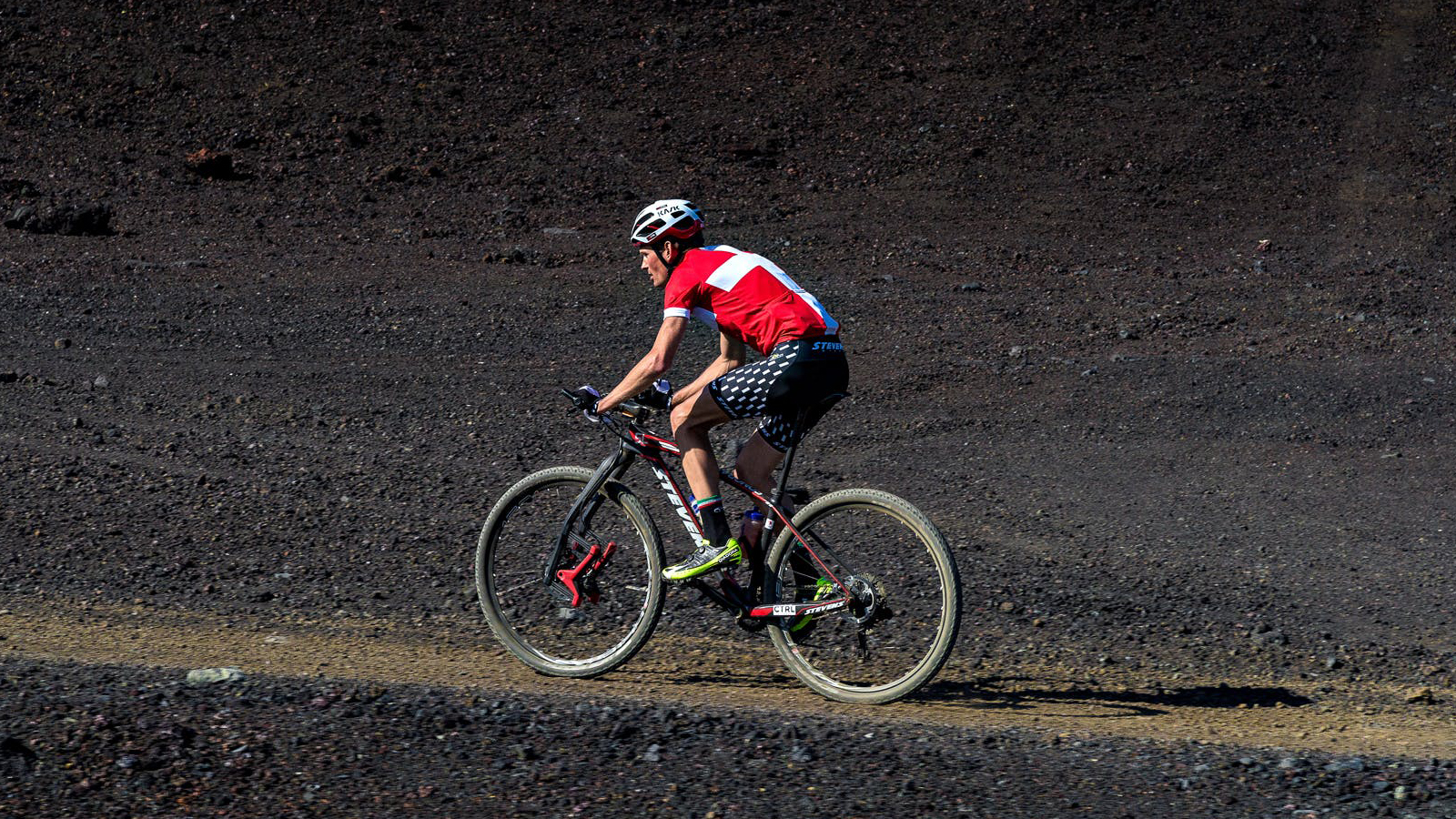
Rigid forks for mountain bikes have been around for as long as the bikes themselves as the original mountain bikes, which started the off-road cycling revolution, did not have any suspension. Like road bikes, they featured rigid steel forks even though off-road motorcycles of the era, the 1970s, had rudimentary suspension forks and rear shocks.
As the dual-suspension mountain bike frame evolved throughout the 1990s to its current level of sophistication, the rigid mountain bike has still remained in production. For purists, the weight-obsessed and those riders who revel riding in the worst winter conditions, a rigid mountain bike still holds a great deal of appeal. For instance, a rigid fork requires no servicing or maintenance, significantly reducing your bike’s cost of ownership over time. If you live in an area with wide-open terrain or very smooth trails, the rigid fork can also deliver a unique riding experience.
Unlike the original 1970s mountain bikes, which only had steel forks with cantilever brakes, modern rigids ride a variety of steel or composite forks and are compatible with disc brakes. They also have a rigid front-end with a geometry that never alters. This means that when you are riding down a steep bit of terrain, or speeding into a succession of berms, the rigid fork will give you a truer and more predictable steering feel – as it never compresses or shortens under load. This constant and predictable steering feedback, which is something unique to a rigid fork, can actually improve your riding skill.
Rigid forks for mountain bikes: How to choose
Why trust BikePerfect
Riding a rigid fork might, in principle, be an uncomplicated mountain bike component choice, but as with everything in cycling, there are a multitude of factors to consider.
With a rigid fork you forego the terrain absorption and ride comfort of air- or coil-sprung suspension, but this does not mean absolute punishment. Much like a frame can have specific ride quality attributes, damping trail vibration and allowing for necessary flex, so too can a fork.
Steel has traditionally been the rigid fork material of choice, due to its inherent durability and material memory, allowing for an amount of elasticity. The ability of a steel fork to flex fore-and-aft, makes chromoly the ideal mountain bike fork material.
Although riders feel that they absorb most of the rigid mountain bike’s punishment through their hands, the fork is, in fact, absorbing a great deal more. Steel can survive an enormous number of impact and vibration cycles, without fatiguing or failing. This is the characteristic which endears it to rigid riding mountain bikers and frame builders. The issue with steel is its weight. An average steel rigid fork has nearly three times the mass of a composite structure of similar size.
This weight issue segues us into the realm of carbon forks. Mountain biking’s premier performance material is stronger per gram than steel, which means you can have the same category of strength, at a much lower mass.
Rigid forks for mountain bikes: Carbon vs Steel
Carbon forks and frames have created a category of rigid mountain bike which is incredibly light and capable of surprising ride comfort, despite the absence of traditional air-sprung suspension.
Thanks to intricate composite engineering, the fibre orientation and layup of carbon frame and fork structures yield excellent vibration absorption. If you are going to grind out hundreds of miles on your rigid-forked mountain bike, having a front end which can dampen trail chatter is invaluable.
The benefits of a carbon fork – its low mass and structural vibration fatigue mitigation – do come at a price, literally. Rigid carbon mountain bike forks are notably more expensive than an equivalent steel component and prices can range in the realm of suspension forks.
Rigid forks for mountain bikes: Size
A final consideration with your choice of rigid fork, is its size. Although rigid forks don’t compress and alter size, like suspension forks do, their fixed axle-to-crown height is important.
If you are accustomed to riding short-travel suspension up front, your rigid fork should be similarly short in size, to deliver a familiar steering feel. Those riders who are used to riding a longer travel front end and are considering the switch to a rigid winter bike, should seek out an appropriately tall rigid fork.
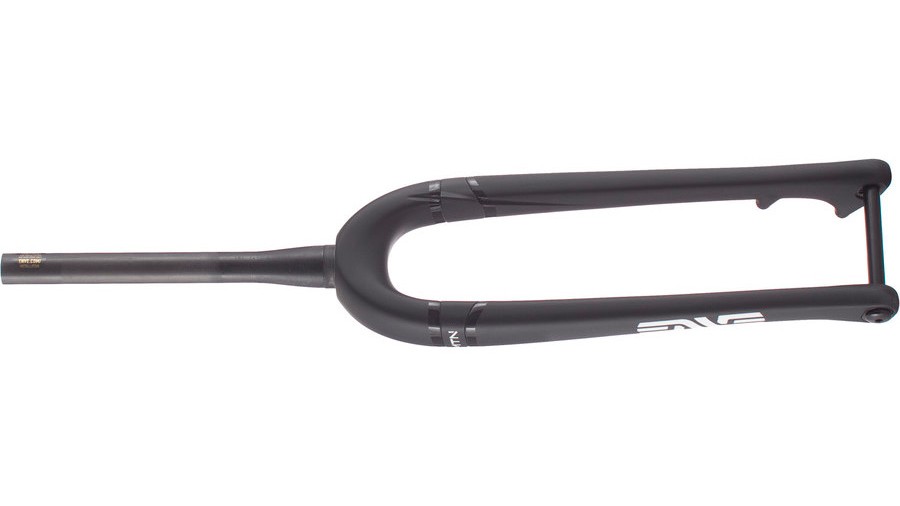
ENVE Fork MTB Disc 2019
Specifications
Reasons to buy
Reasons to avoid
Enve is celebrated for its carbon rims, but the Utah brand does a range of other composite mountain bike parts, including forks, and the company’s MTN rigid fork promises to deliver all the benefits of simplifying your mountain bike’s front end.
Enve’s industrial design team have also paid attention to the details with this fork. It has a removable fender and brake hose retention/outing clip. There’s a margin of geometry adjustment, thanks to an axle flip-chip inset, which allows for rake adjustment from a 44mm to 52mm offset.
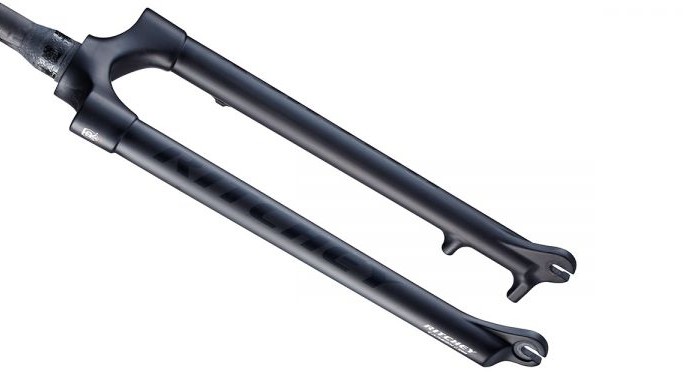
Ritchey WCS Carbon
Specifications
Reasons to buy
Reasons to avoid
Tom Ritchey built some of the very first steel mountain bike forks. The Californian can rightly claim to be one of the most influential figures in mountain bike design history and even today, in his 60s, he remains a committed rigid-fork rider.
With such a significant innovator still in control of the company, you’d expect Ritchey, as a brand, to have some of the best rigid forks available. With its WCS carbon model, that is exactly the case.
Fantastically light but also sensibly sized, the WCS carbon has a 470mm axle to crown height, which gives you the riding geometry you’d have with a 100mm suspension fork.
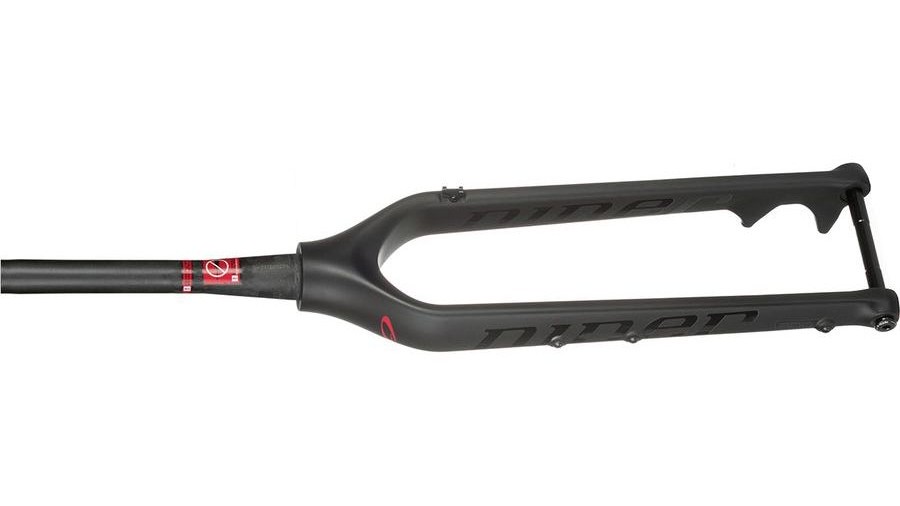
Niner Boost RDO
Specifications
Reasons to buy
Reasons to avoid
Niner’s carbon forks are quite unique, as they are a frame brand which has continued to offer its own rigid fork option. The Boost RDO features a very tall 490mm axle to crown measurement. Niner’s research and specialisation in the 29er wheel size have proven that the larger wheel needs an appropriate increase in axle-to-crown, to deliver the best steering interface.
Staying on-trend, the RDO has boosted axle spacing too. That means you can build the stiffest wheels and run the widest possible 29er tyres with these forks. It’s worth noting that larger volume tyres
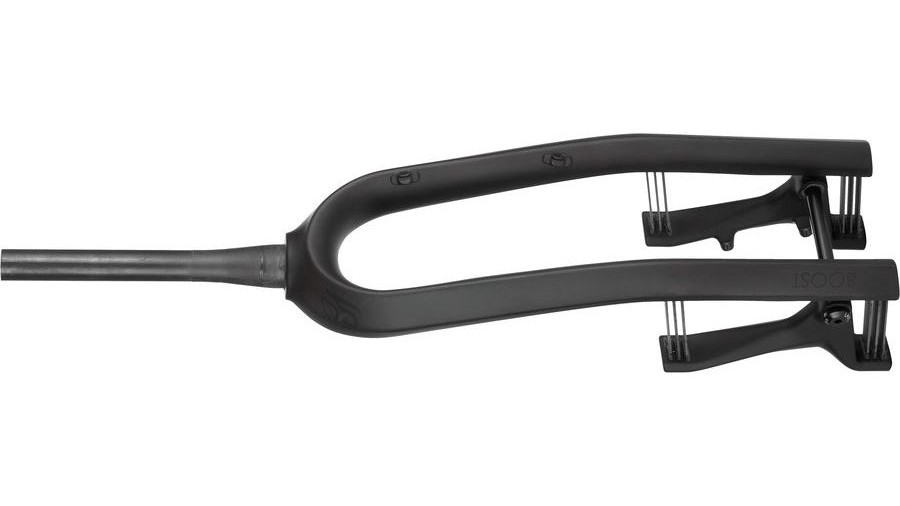
Lauf Trail Racer 29/27.5+ Boost Suspension Fork
Specifications
Reasons to buy
Reasons to avoid
A breakthrough Icelandic design which has the durability of a simple rigid fork with some suspension attributes. Lauf’s forks look extraordinary, but they function on a system of glass-fibre leaf springs, delivering up to 60mm of travel. There is no traditional air or coil-sprung damper, so rebound is set to a default factory material tension. Not as good as conventional suspension, but a world more comfortable than a traditional steel or carbon rigid fork.
If you want to ride some trail this winter but wince at the replacement cost for new stanchions or multiple sets of wiper seals, the Lauf is your solution. It does not come cheap, though – and the appearance might be too futuristic for some. Especially those who ride rigid bikes for their purity of appearance.

Identiti XCT
Specifications
Reasons to buy
Reasons to avoid
At nearly three times the weight of a comparable carbon fork, the Identiti XCT appears completely out of place on our list. But it certainly deserves consideration.
Made from steel, it might not be light for a rigid fork but it is very affordable. Identiti is best known as a value trail and enduro bike frame brand and its steel forks are tig welded and heat-treated to optimise durability. With a 483mm axle-to-crown measurement, the Identiti XCT is a tall fork, which mimics the geometry and steering character of a longer-travel suspension fork.
As a long term ownership proposition, it makes a lot of sense – especially for riders who are more daring. If something does go awry, you have the option of inexpensively welding a repair to your XCT fork should it get damaged – something steel offers that a carbon rigid fork does not.

Lance Branquinho is a Namibian-born journalist who graduated to mountain biking after injuries curtailed his trail running. He has a weakness for British steel hardtails, especially those which only run a single gear. As well as Bike Perfect, Lance has written for MBR.com, Off-Road.cc and Cycling News.
